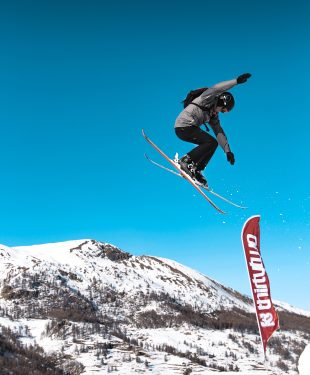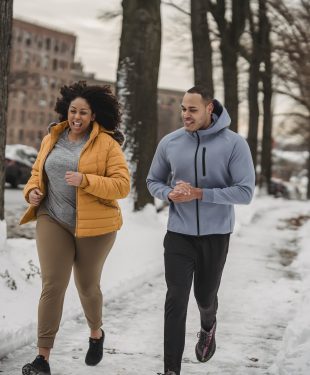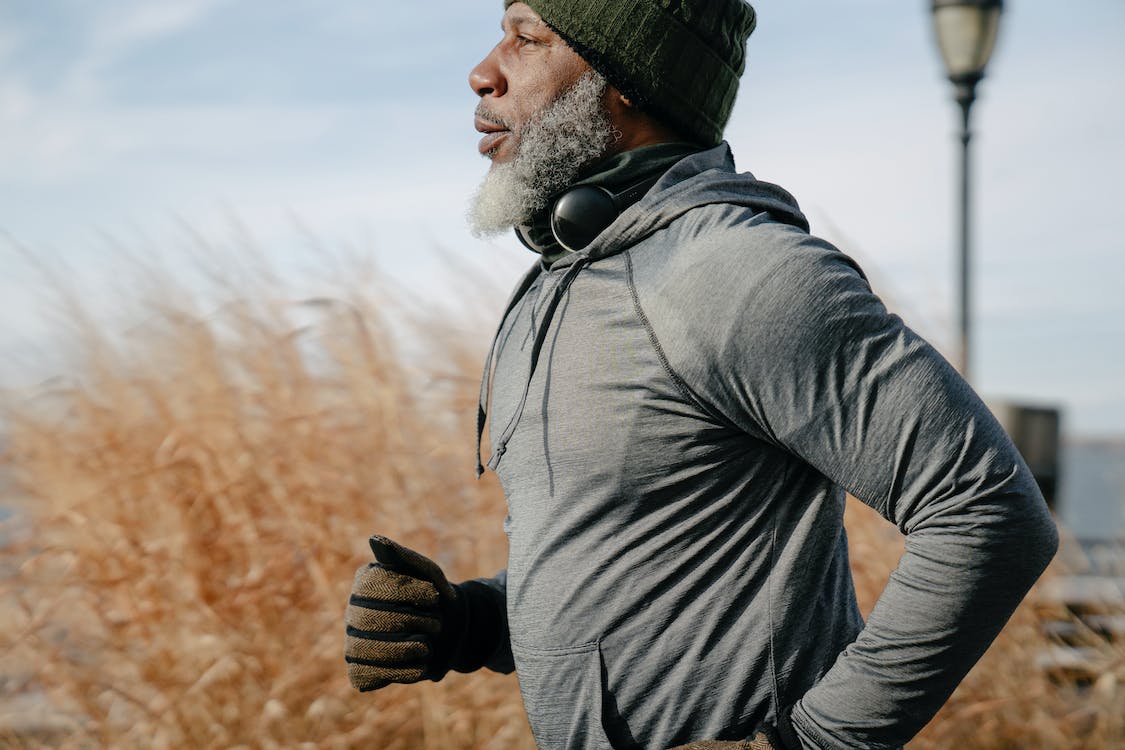Exercising Properly in Colder Weather
Today we want to share 6 tips on how to exercise properly in colder weather. There are many air-conditioned gyms, fitness studios, classes and even home workout areas across the country, and all of these are worth using if you hope to get back into shape. However, those who prefer to workout in the elements (the way our species did for thousands of years, of course), will enjoy specific exercises like running, cycling, or even outdoor calisthenics. Perhaps you just enjoy toiling your garden in the colder weather to prepare it for spring. Now that the summer is over and the fall is fully here, and the icy warning of winter is on its way, it’s always a good idea to plan for these activities in advance.
But where should you get started? It’s not always clear how to dress and prepare yourself for exercise in colder weather, especially because running outside in icy conditions could be dangerous if you’re not careful. In this post, we’ll discuss a range of measures you could use to exercise properly in the cold. This way, you can ensure safety comes before anything else, which should always be a priority no matter how you get in shape:
1. Dressing in Layers for Warmth
When you’re trying to exercise, large bulky clothing like coats or hooded sweatshirts doesn’t work as well as you’d like. Your skin needs to breathe and sweat, after all. However, it’s true that you still need to be warm to the extent you can be.
That’s where layering comes into play. A couple of t-shirts, thermal fitnesswear, or long-sleeve shirts with vests can make a big difference. Try to opt for breathable trousers that cover the entirety of your legs, and thicker socks too. This will help you breathe more easily without feeling constricted, while also having the appropriate warmth you need to stay comfortable and healthy.
One tip is to wear a high visibility jacket, especially in snowfall or foggier conditions. It will help those driving on the roads be able to see you move easily.
2. Proper Warm-Up Routine

Photo by on Pexels
A warm-up routine helps you prepare your body for more strenuous exercise, including your muscles, joints, and general flexibility. That said, it also keeps you warm in colder conditions as well. Dynamic stretching before you begin cardiovascular activity is a good place to start. From there, you can get started with a few basic movements at a lighter pace to get yourself ready, like a small run with a few breaks, some light calisthenics, or even yoga movements.
This will also help get your heart and breathing rates up, allowing you to prepare for the bulk of your activity from that point on. A warm-up routine of this nature can make a great deal of difference regarding your overall health, so don’t ignore this vital step.
3. Staying Hydrated
As you might sweat less in colder weather, you may wonder if you need to be hydrated. You absolutely do, because your body is also working overtime to keep you warm and to match the pace of your exercise.
With a clear hydration pack, you can run or hike without having to get your hands cold-touching water bottles. This means you can keep extremities like your hands warm and focus on your exercise more easily. Just make sure to stay as hydrated as you would at any other time of the year, perhaps with the exception of a hot summer where you will no doubt be drinking more.
4. Adjusting Exercise Intensity

Photo by on Pexels
Slow, steady, and methodical exercise will often win over super-intense activity in the cold. If you’re cycling in the bitter winds, you may find this is uncomfortable for your exposed skin like your cheeks, unless you’re wearing full covering headgear.
Hiking can also be a good exercise for the winter provided you have the right footwear – as walking through snowbound nature trails can be nothing if not utterly beautiful to witness, while still giving you a good workout. Of course, you might just enjoy walking in the park provided it’s not too cold for your dog. Either way, it’s okay to adjust your exterior exercise during the colder periods, and waiting for more tepid days to go all out.
5. Protecting Extremities
Keeping your hands, feet and ears properly protected and covered can be worthwhile because if you’re running, cycling or hiking, prolonged exposure to cold wind can cause problems and damage your skin. Earmuffs can be a good place to start, as can thermal socks. A nice pair of gloves that are both breathable and comfortable to wear will also be worthwhile, and you can use fingerless varieties if you find this more comfortable.
If you’re at all concerned about covering yourself or lose feeling in any part of your body, that’s a good sign to stop, get warm, and reassess how you dress for exterior exercise. With suitable cold-weather gear, you’ll no doubt feel fully kitted out in the best possible sense.
6. Avoiding Overexertion in Extreme Cold
Remember that in the cold, your body is also working hard at keeping you warm despite your layers. This means that it’s always wise to avoid huge overexertion, the same as you might when exercising in hotter weather. While the chances of suffering heatstroke are near-zero when working out in the cold, it’s true that you can still feel drowsy, tired and even suffer physical affects if you overexert yourself. Try not to overwork your body, but keep to steady, consistent effort with a higher volume and lower load.
This means you might not do full sprints in the cold, but a slow jog around your local race track with confidence. You may begin training for endurance as opposed to outright power, leaving those movements to inside venues such as your local gym’s weight room, or your heavy cardiovascular work to your local heated swimming pool. Avoiding this overexertion also allows you to focus on the environment around you which is important in lowered winter visibility – this could potentially help you see a car coming out of the mist or fog that you wouldn’t have otherwise.
With this advice, you’re sure to exercise correctly and safely, even in the colder weather. We wish you the best of luck in doing so!
Read more lifestyle articles at ClichéMag.com
Images provided by Deposit Photos, BingAI, Adobe Stock, Unsplash, Pexels, Pixabay & Creative Commons




